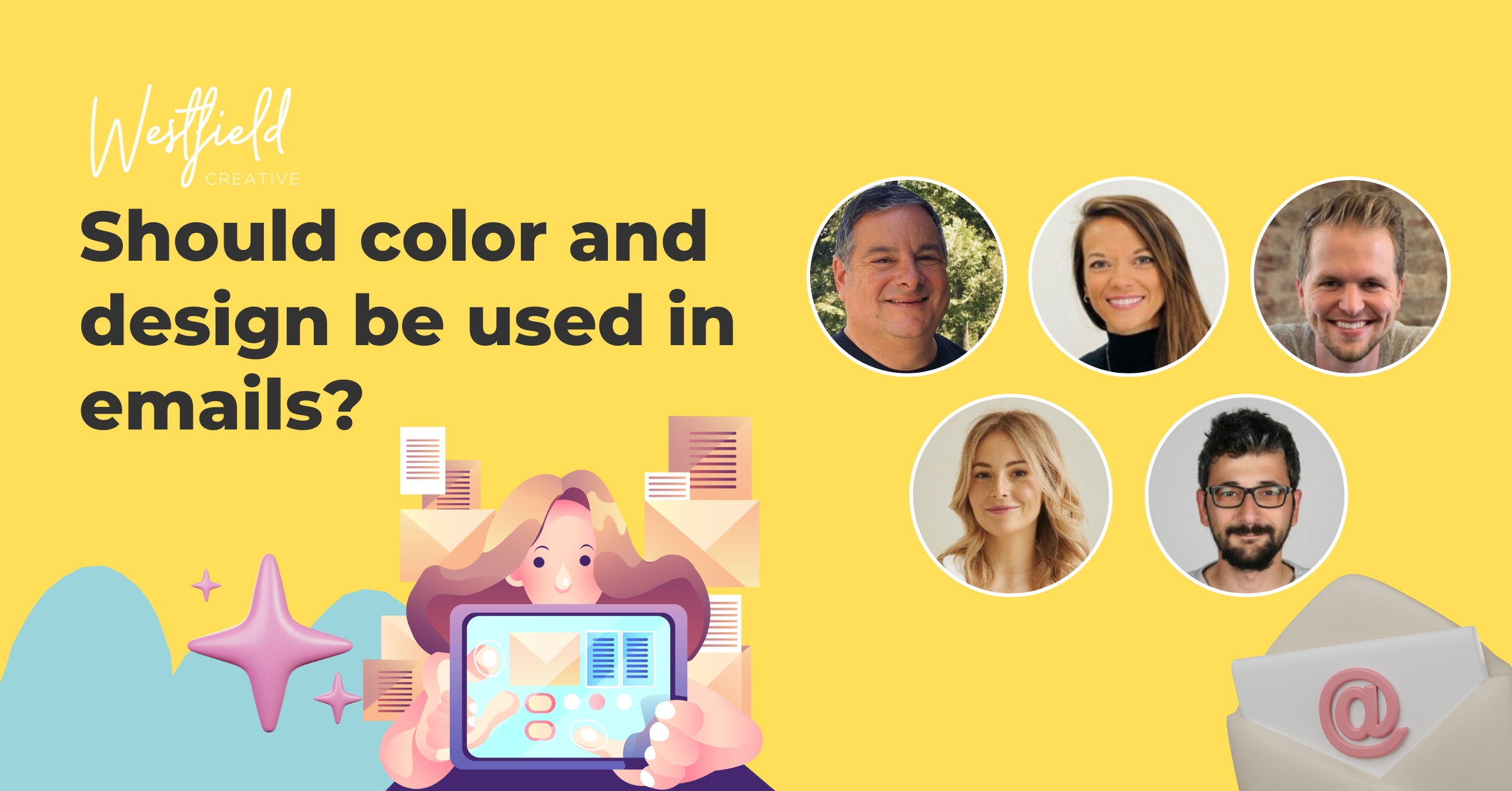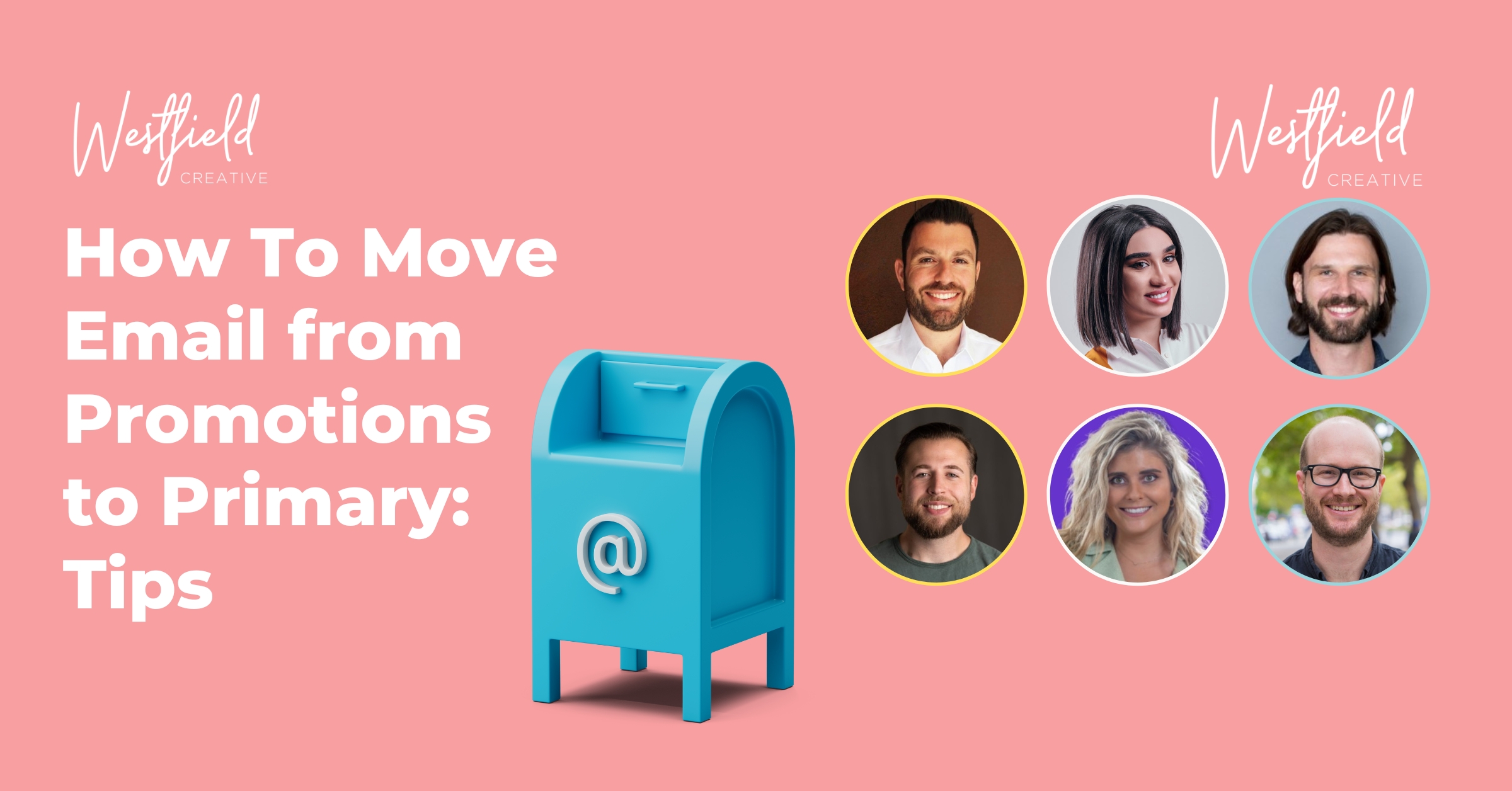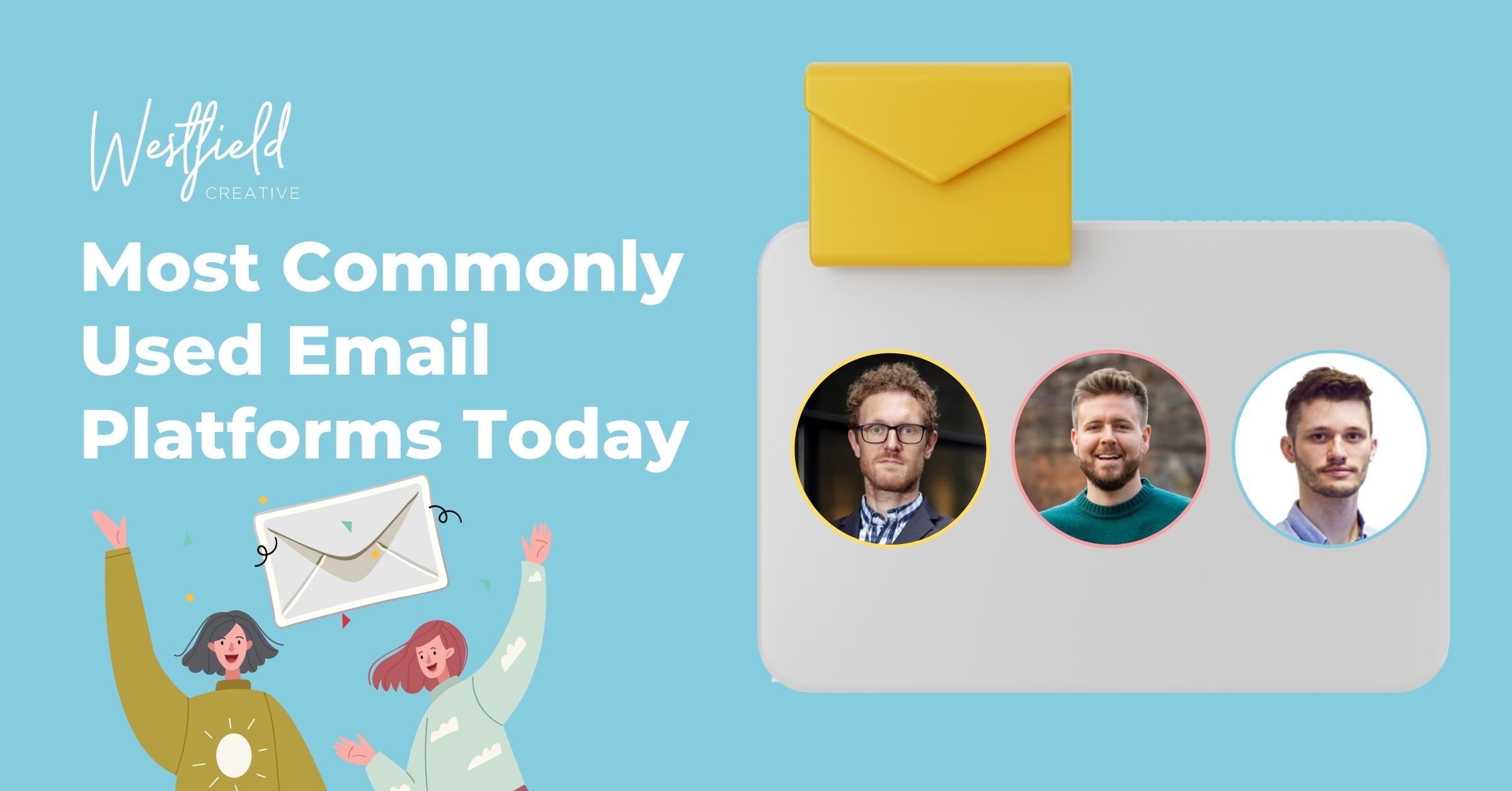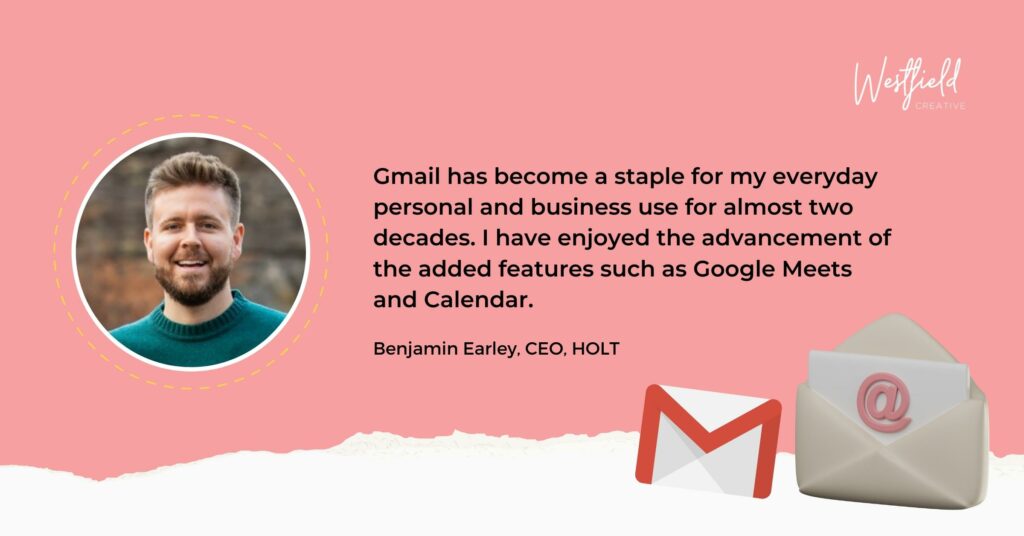7 Examples of Gamification in Email Marketing
To help you understand the potential of gamification in email marketing, we’ve gathered seven unique examples from industry leaders. From CEOs to marketing managers, they’ve shared their insights on how to engage and entertain subscribers. From sending “Choose Your Own Adventure” emails to entertaining with a spin-to-win wheel feature, discover innovative ways to gamify your email marketing strategy.
- Send “Choose Your Own Adventure” Emails
- Boost Engagement with Email Treasure Hunts
- Test Audience Knowledge with Pop Quizzes
- Stimulate Competition with Leaderboards
- Turn Tasks into Missions and Challenges
- Engage Subscribers with Interactive Elements
- Entertain with Spin-to-Win Wheel Feature
Send “Choose Your Own Adventure” Emails
Creating immersive and personalized experiences is key in today’s digital marketing landscape. One effective strategy is the use of “choose your own adventure” emails. These are interactive emails offering customers a range of options, each leading to a different outcome, such as a unique offer or tailored product recommendation.
This not only encourages active engagement but also reveals valuable insights into customer preferences. Adopting this style transforms emails from simple communication tools into interactive experiences. This approach drives higher customer engagement, satisfaction, and loyalty.
 Scott Reid
Scott Reid
Founder and Chief Optimizer, Ecommerce Optimizers
Boost Engagement with Email Treasure Hunts
A savvy e-commerce wizard named “Ace Deals & Wheels” wanted to boost engagement with their subscribers. Their secret weapon? Gamification!
According to a study by Campaign Monitor, gamified emails can increase click rates by a whopping 42%! Ace Deals & Wheels crafted an interactive email treasure hunt. Subscribers became modern-day Indiana Jones, hunting for hidden discounts within the email labyrinth.
Real-life proof? The click-through rate skyrocketed like a rocket on a sugar rush! As subscribers reveled in the thrilling quest, sales and brand loyalty revved up like a sports car on an open highway! So, level up your email marketing game with gamification. May the clicks be ever in your favor!
 Himanshu Sharma
Himanshu Sharma
CEO and Founder, Academy of Digital Marketing
Test Audience Knowledge with Pop Quizzes
Even when faced with subjects we don’t fully comprehend, there’s an inherent drive to confirm whether we are right or wrong. In email marketing, we can capitalize on this by designing pop quizzes that encourage people to test their knowledge. Through these quizzes, we gain valuable insights that can be utilized for future re-marketing opportunities.
 Jason Vaught
Jason Vaught
Director of Content, SmashBrand
Stimulate Competition with Leaderboards
Adding a leaderboard to your email marketing can serve as an example of gamification. A leaderboard is a list of subscribers who have engaged the most with your emails, including those who have opened your emails, clicked on links, or shared your emails with others.
Incorporating a leaderboard into your emails can stimulate competition among subscribers, encouraging them to strive for the top spot. This strategy can enhance engagement with your emails, thereby improving open rates, click-through rates, and social media shares.
 Brenton Thomas
Brenton Thomas
CEO, Twibi
Turn Tasks into Missions and Challenges
It’s funny how using a different word can spark different behaviors. Instead of asking the reader to take certain steps or perform an action, turn it into a mission or the steps into a challenge, and watch some magic happen. Challenges can feed people’s need to feel like they are making progress and building competency toward some desired outcome.
There is also an inherent winning feeling if you finish a challenge that just going through a list of bulleted items can’t quite match. Make them feel like heroes in your campaign. Alternatively, let them help write the story by giving them a chance to choose their own adventure along the way. They get to decide which parts of the challenge to tackle, and you get an easy way to gain insights, segment the audience, and better serve them with your next email.
 Valary Oleinik
Valary Oleinik
Chief Disruptor, valary with a why
Engage Subscribers with Interactive Elements
Gamification can be enhanced by adding interactive elements like scratch cards or spin-to-win wheels to emails. In contrast to a typical promotional email, this approach creates an engaging experience.
Suppose, as a retailer, you want to promote a new product line or seasonal sale with gamified emails. Your customers interact with the game, anticipating their reward, which could be discounts, special offers, or free gifts. Gamification boosts engagement and click-through rates, fostering a positive brand association and increasing conversion and customer loyalty.
Overall, it creates a more interactive and rewarding experience for subscribers, elevating the effectiveness of your marketing efforts.
 Oksana Sydorchuk
Oksana Sydorchuk
Marketing Manager, Right People Group
Entertain with Spin-to-Win Wheel Feature
Incorporating a Spin-to-Win Wheel feature is one way to use gamification in email marketing. This interactive element is included within the email, allowing subscribers to click on it and participate in a fun activity, like spinning a virtual wheel.
When a subscriber clicks on the wheel, it starts spinning, and then stops at a random position, revealing the prize they’ve won. The prizes can vary, such as exclusive discounts, special offers, freebies, or even the chance to win a grand prize.
 David Bui
David Bui
Director and Business Specialist, Schmicko
Submit Your Answer
Would you like to submit an alternate answer to the question, “What is one example of using gamification in email marketing?”

























